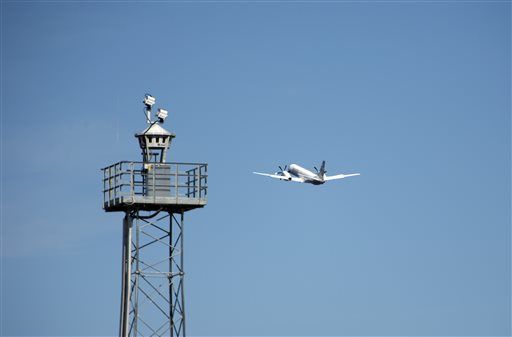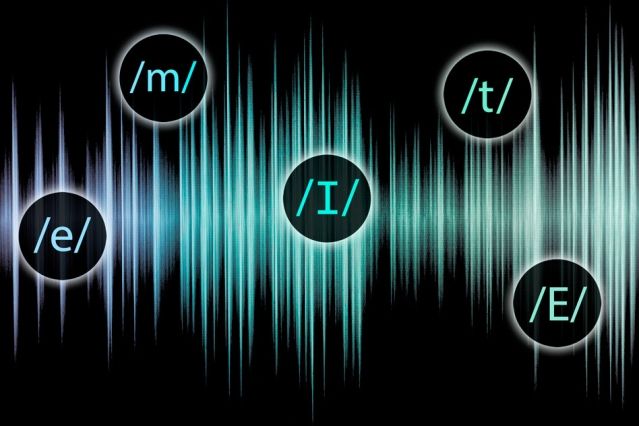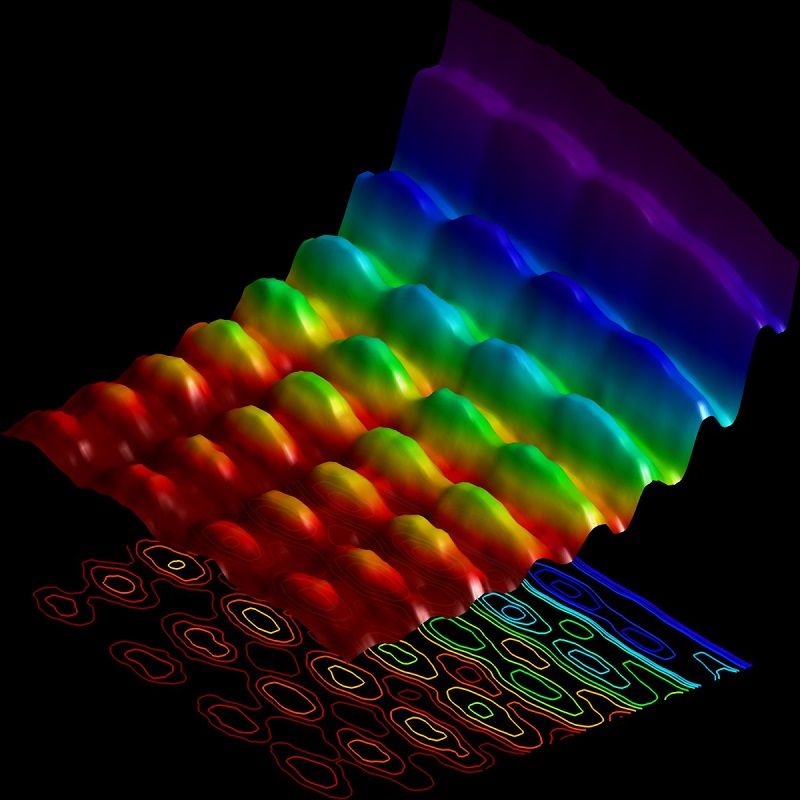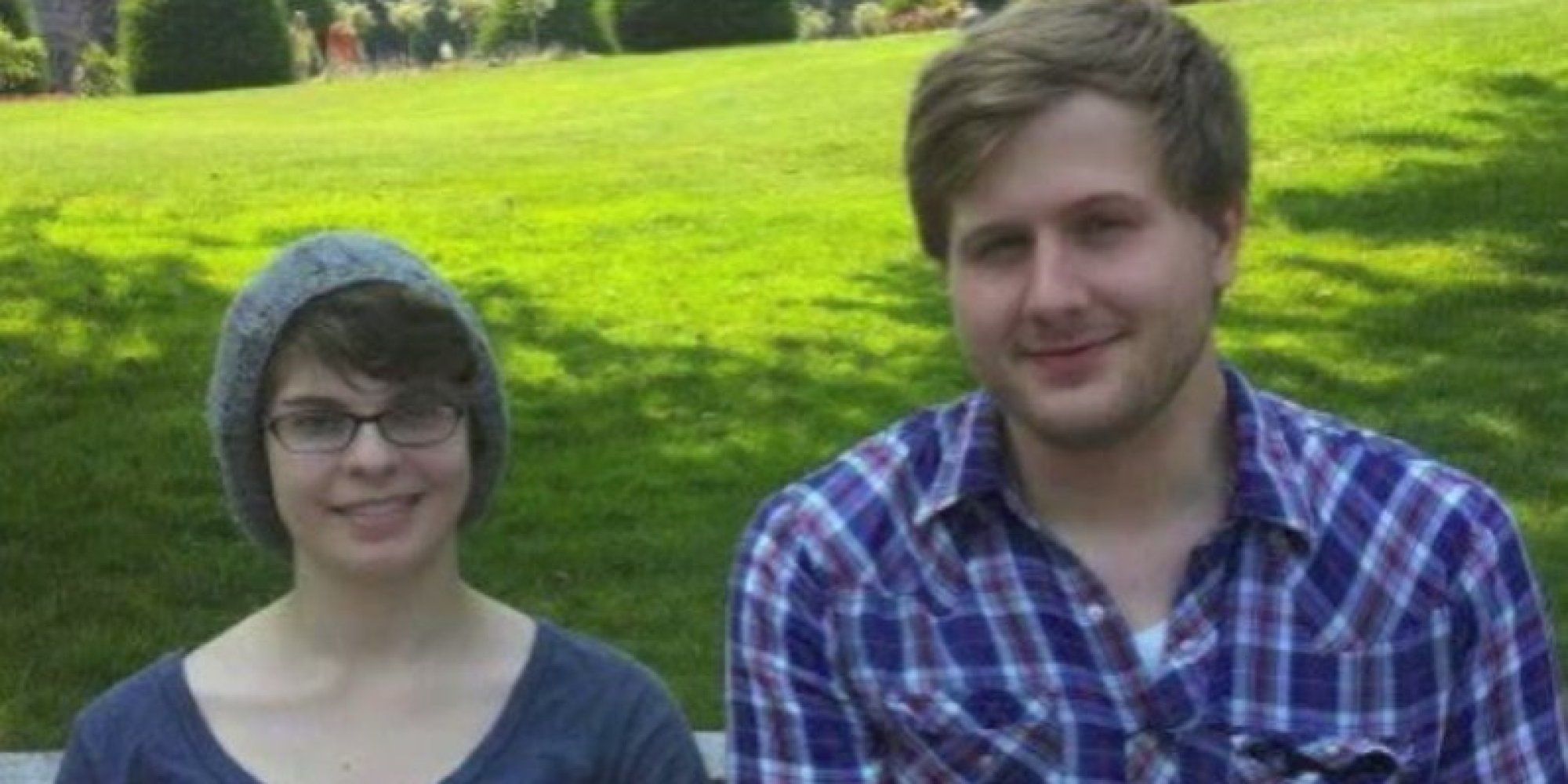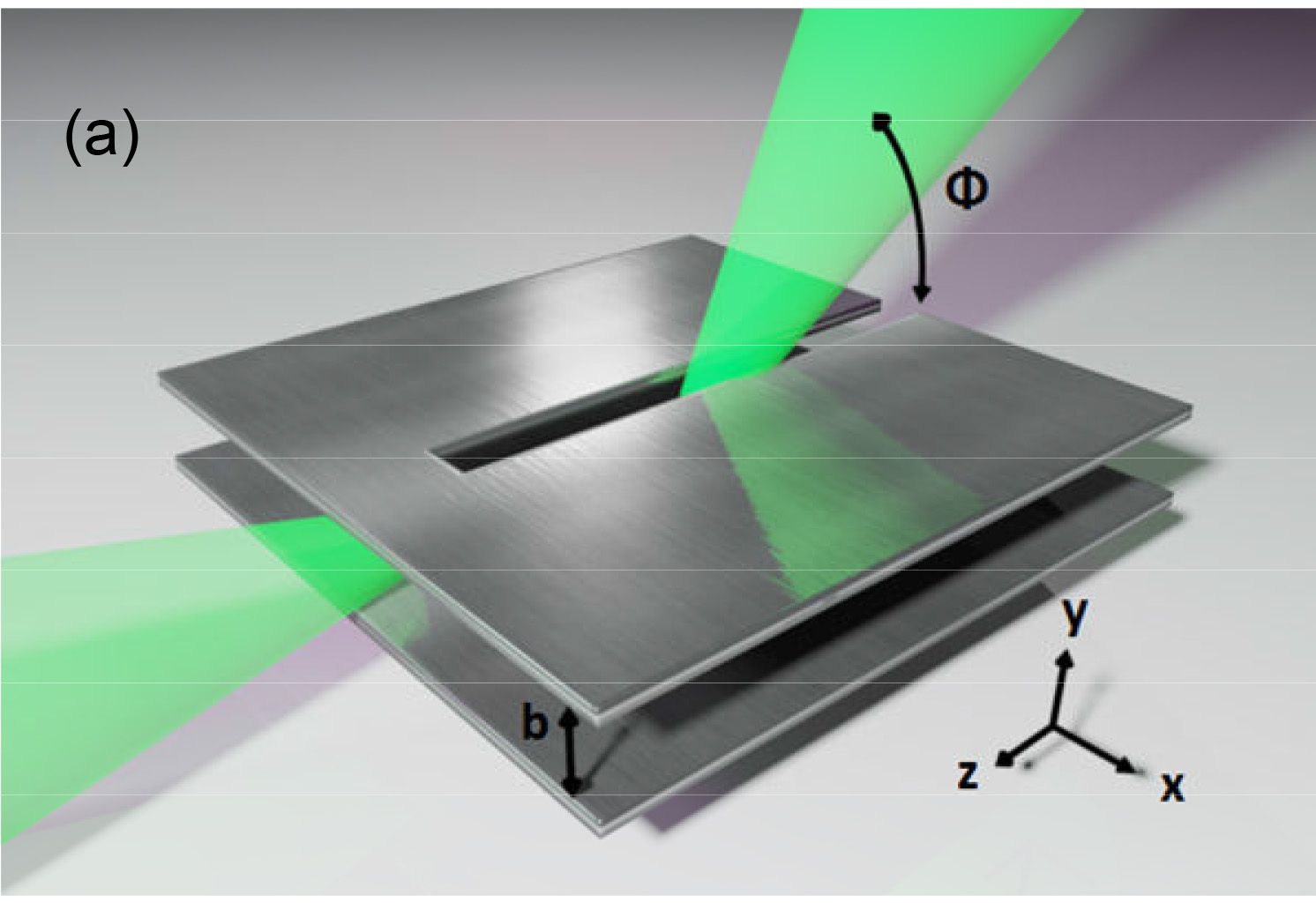![]()
The 1st Space Development Network Conference will be held in Bangalore in January, 2016. The motivation of the conference is to invite researchers, eminent scientists, faculty from reputed colleges and students working in the area of Space development and technology to present their research and get valuable feedback from the people attending the conference. The topics of space development network conference are given below:
•Asteroid Mining.
•Space Colonization.
•Space Debris.
•Satellites and Cubesats payload.
•Rocket Launch Technology.
•AI & Space Mining Robotics.
Submit Papers.
Submit your papers and get a chance to present it in front of global audiences and get your self recognized.
Student Ambassador program.
The Student Ambassador Program is an umbrella program for various opportunities that help you get involved with the activities of the space development network on campus including conducting camps, workshops and various drives regarding space technology awareness in the city. It is open for students from all backgrounds.
Exhibit With Us.
Make your plans to join us as an exhibitor at the 1st Space Development Network Conference (Asia).
Sponsor Us.
Put your organization out front. Learn of the many benefits your organization can receive as a co-sponsor of an event or marketing item at the 1st Space Development Network Conference (Asia).
For More Details Visit http://www.sdnconf.com.
Read more
